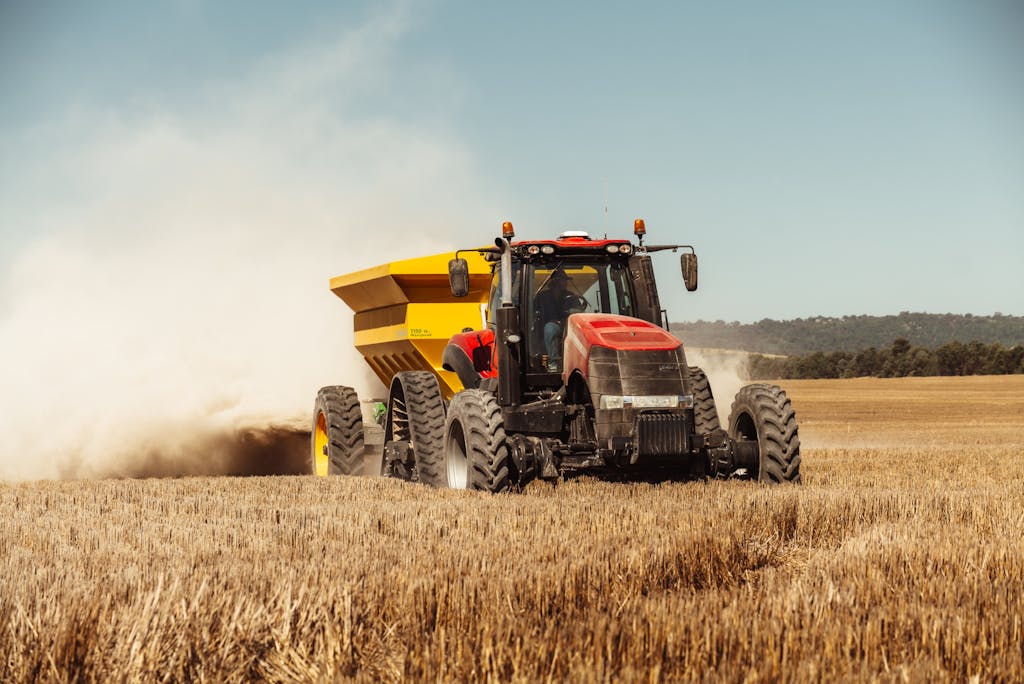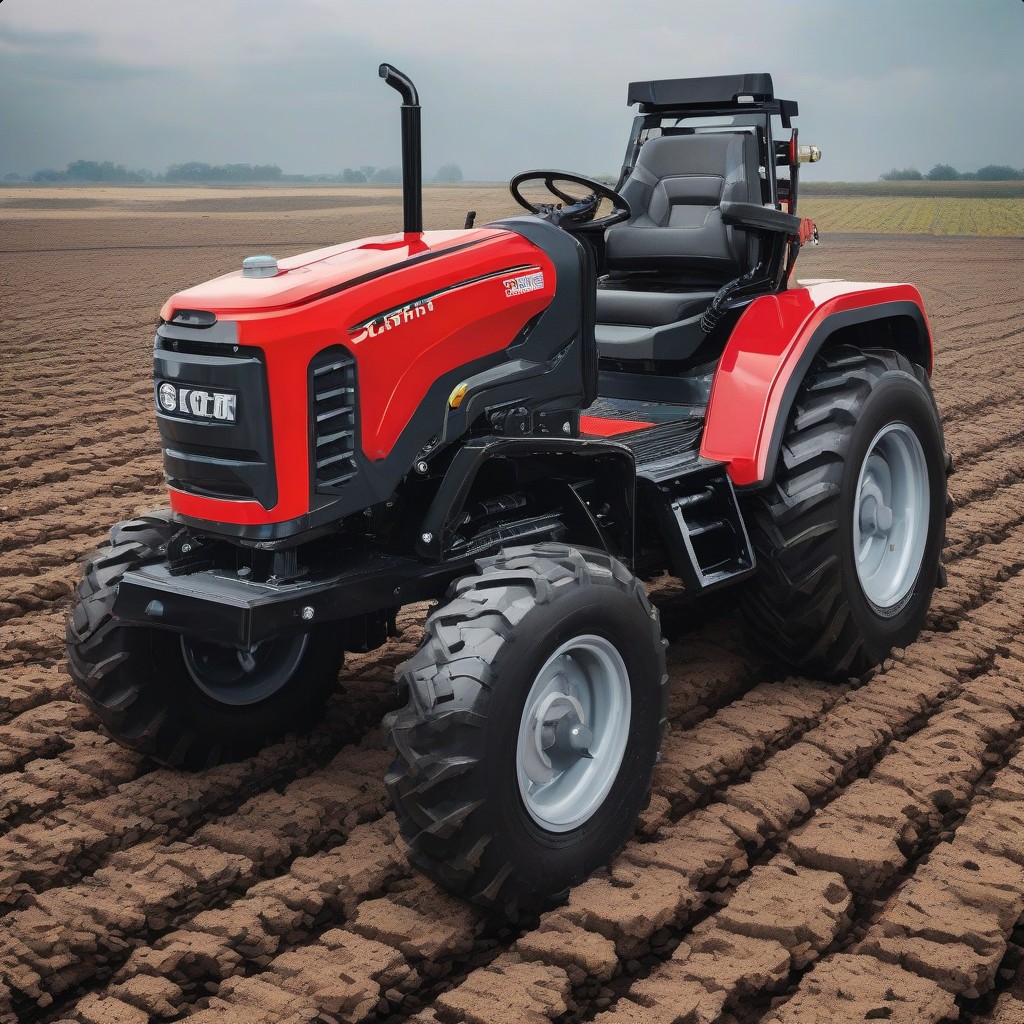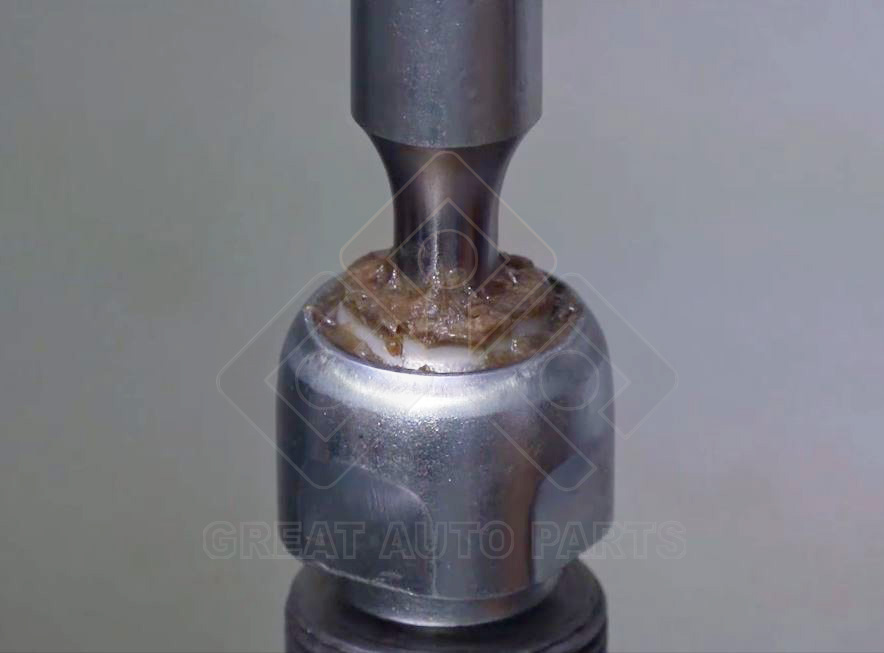Does Agricultural Machinery Need an Inner Tie Rod?
What is an Inner Tie Rod?
An Inner Tie Rod, also known as a Rack End, is a key component of a vehicle’s steering system. It features an inline ball joint and attaches to the steering rack. Inner Tie Rods are strategically located for their function: they sit between the car’s center and the front wheels. Specifically, one end of the Inner Tie Rod connects to either the steering rack or the steering gearbox. This depends on your vehicle’s steering system. The other end connects to the Outer Tie Rod Ends, which directly link to the front wheel spindles.
What Does The Inner Tie Rod Do
Inner Tie Rods primarily transmit force from the steering center to the front wheels. Every time you turn the steering wheel, this action translates through the steering system. It moves down to the Inner and Outer Tie Rods, ultimately turning the wheels. Inner Tie Rods also serve as crucial connectors within the steering system. They link the steering gearbox or rack and pinion to the Outer Tie Rod Ends.
What is Agricultural Machinery?
Agricultural machinery is a broad term. It includes all equipment and tools used in farming and other agricultural activities. This category covers a diverse range of items. It goes from simple hand tools and power tools to more complex machines like tractors. It also includes various farm implements that they operate or tow. Learn more about the global agricultural machinery market trends here.
Does Agricultural Machinery Use Inner Tie Rods?
The short answer is yes. Agricultural machinery, like tractors and other heavy farming equipment, uses steering components. These include inner tie rods. In these machines, these parts help steer and maneuver the equipment efficiently. This is especially true in varying terrain conditions common in agricultural settings.
How do Inner Tie Rods for Agricultural Machinery Differ from Other Vehicles?
Inner tie rods in agricultural machinery face unique demands. They differ from those in standard road vehicles in several ways:
- Size and Strength: Agricultural machinery, like tractors, often operates under tougher conditions than regular vehicles. Therefore, their inner tie rods are typically larger and more powerful. They withstand the heavy loads and rough terrain of farm work.
- Design Adaptation: Manufacturers design inner tie rods in agricultural machinery to cope with a wider range of motion and more extreme angles. This accommodates the varied and often uneven surfaces encountered in agricultural fields.
- Material and Construction: Agricultural tasks are demanding. Thus, materials used for these tie rods are usually more durable. They resist wear, corrosion, and environmental factors like dirt, mud, and moisture.
- Maintenance Requirements: Agricultural machinery tie rods might require more frequent maintenance or replacement. This is due to the harsh working conditions, compared to those in standard road vehicles.
- Compatibility with Attachments: In agricultural machinery, tie rods often need compatibility with a variety of attachments and implements. This is less of a concern in regular vehicles.
Comparison of Inner Tie Rods: Regular Vehicles vs. Agricultural Machinery
| Feature | Inner Tie Rod for Regular Vehicles | Inner Tie Rod for Agricultural Machinery |
| Size and Strength | Smaller, designed for daily road driving | Larger, stronger to withstand heavy loads and rough terrain |
| Design Adaptation | Designed for standard road conditions | Designed to cope with a wider range of motion and extreme angles |
| Material and Construction | Made of standard materials, suitable for general road use | Made of durable materials, resistant to wear, corrosion, and environmental factors like dirt, mud, and moisture |
| Maintenance Needs | Requires less frequent maintenance and replacement | Requires more frequent maintenance and replacement due to harsh working conditions |
| Attachment Compatibility | Usually does not need to be compatible with multiple attachments | Needs to be compatible with a variety of agricultural attachments and tools |
| Pull-Out Test Strength | Withstands an average pull force of 4 to 6 tons (passenger cars) | Can withstand an average pull force of 8 tons (heavy commercial vehicles and agricultural machinery) |
The Best Inner Tie Rod Solutions for Agricultural Machinery
Great Auto Parts offers Suspension & Steering parts for agricultural machinery. We develop our parts from OEM samples. They follow American standards SAE J490, J491, and German automotive aftermarket quality standards. We design our inner tie rods specifically for agricultural machinery. They are built to withstand harsh farming conditions. They provide absolute strength and longevity.
Advantages of Great Auto Parts’ Rack Ends
Our Rack Ends undergo rigorous testing. This ensures they meet stringent standards.
- Pull-Out Test: Great Auto Parts’ Rack Ends withstand an average pull force of 4 to 8 tons. This exceeds the OEM standard of 3.5 tons. For passenger cars, the average pull-out strength is 4 to 6 tons. However, 8 tons is suitable for Heavy Agricultural Machinery.
- GAP Test: The clearance between the housing and ball joint is only 0.06mm. This is true even after withstanding a pull force of 460kg. It ensures low wear rates and extended product durability under harsh conditions.
Great Auto Parts’ enhanced inner tie rods not only offer increased resilience. They also significantly elevate the performance of agricultural machinery. Our inner tie rods enable smoother operation of tractors and other farming equipment. This is especially true on rugged and uneven terrain. This improvement is crucial for agricultural professionals. It allows precise execution of their fieldwork tasks.
For reliable, high-quality inner tie rods designed for agricultural machinery, trust Great Auto Parts. Contact us today to learn more about our premium products. We can assist you in maintaining your equipment’s performance and durability. Learn more about industry standards at SAE International.


